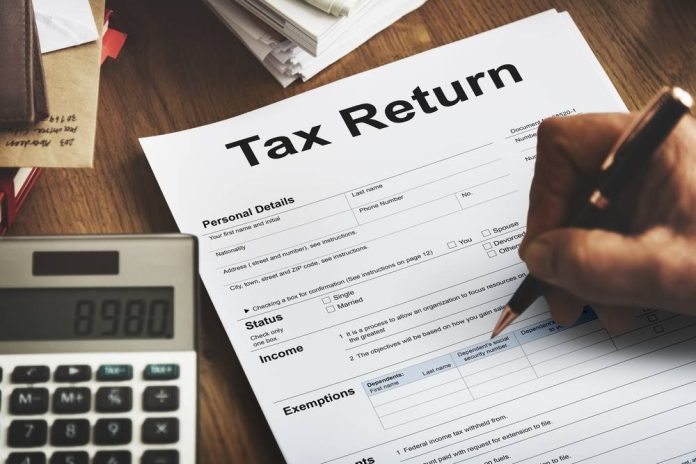Income Tax Return Filing: Two new forms of Income Tax Return have arrived. See what changes have happened in these forms this time. Let us know about it in detail.
The Central Board of Direct Taxes (CBDT) has officially released the Income Tax Return (ITR) forms – ITR-2 and ITR-3 for the financial year 2023-24 (assessment year 2024-25). The press release issued by the department includes changes and implications for individuals and various entities including Hindu Undivided Families (HUFs). With the help of ITR-2 and ITR-3 forms, you will be able to file Income Tax Return (ITR) for the period from April 1, 2023 to March 31, 2024. Taxpayers can file their returns by the deadline of July 31, 2024.
Who should file ITR-2?
It is designed for both individuals and HUFs with fixed income sources, whether resident or non-resident. These sources include –
- Salary or pension.
- Income or loss from one or more house properties.
- Income or loss under ‘Capital Gain’.
- Income under the head ‘Other sources’ (including income chargeable at special rates)
ITR-2 form cannot be used by individuals or HUFs whose total annual income includes business or professional income.
- Apart from this, interest, salary, bonus, commission or Individuals earning income from remuneration are not eligible to file ITR-2 as per income tax rules.
Who should file ITR-3?
- ITR-3 has been prepared for individuals or HUFs having income from business or profession.
- This form should be used by those whose income includes elements like interest, salary, bonus, commission or remuneration from a partnership firm under the head ‘Profits and gains of business or profession’.
- ITR-3 is not applicable to individuals or HUFs with no business or professional income.
What changes have taken place?
The updated ITR Forms include various new fields for disclosures, such as Legal Entity Identifier (LEI) number, Acknowledgment Number of Audit Report, UDIN, and details of capital gains accounts. Individuals or HUFs subject to tax audit can now verify their ITR using Electronic Verification Code (EVC), which is different from the earlier method. The first method relied on Digital Signature Certificates (DSCs).

